Regulatory Compliance
Stringent regulations imposed by aviation authorities worldwide are driving the Airport Security Screening Systems Market. Compliance with these regulations is not optional; airports must adhere to guidelines set forth by organizations such as the International Civil Aviation Organization (ICAO) and the Transportation Security Administration (TSA). These regulations often necessitate the implementation of advanced screening technologies, which can lead to increased operational costs. However, the investment in compliance is essential for maintaining safety and security standards. As a result, the Airport Security Screening Systems Market is experiencing growth as airports seek to upgrade their systems to meet these regulatory requirements.
Growing Air Travel Demand
The increasing demand for air travel is a crucial factor influencing the Airport Security Screening Systems Market. As more individuals opt for air travel, the volume of passengers at airports continues to rise. This surge necessitates the expansion and enhancement of security screening capabilities to accommodate larger crowds without compromising safety. According to industry forecasts, air travel is expected to grow by 4% annually over the next decade. Consequently, airports are compelled to invest in more efficient screening technologies to manage this influx. This trend indicates a robust growth trajectory for the Airport Security Screening Systems Market, as stakeholders seek to ensure safety while maintaining operational efficiency.
Technological Innovations
Technological innovations are reshaping the Airport Security Screening Systems Market. The introduction of artificial intelligence (AI) and machine learning algorithms in screening processes enhances threat detection capabilities. For instance, AI can analyze images from screening equipment more efficiently, reducing false alarms and improving passenger flow. The market is projected to grow at a compound annual growth rate (CAGR) of 7% from 2023 to 2028, driven by these advancements. Furthermore, the integration of biometric technologies, such as facial recognition, is becoming increasingly prevalent, streamlining the screening process while enhancing security. This trend indicates a shift towards more automated and efficient systems in the Airport Security Screening Systems Market.
Increasing Security Threats
The rise in security threats, including terrorism and smuggling, has heightened the need for advanced security measures in the Airport Security Screening Systems Market. As incidents of security breaches have increased, airports are compelled to invest in more sophisticated screening technologies. This trend is reflected in the projected growth of the market, which is expected to reach USD 10 billion by 2026. Enhanced screening systems, such as 3D computed tomography (CT) scanners and automated screening lanes, are being adopted to mitigate risks. Consequently, the Airport Security Screening Systems Market is witnessing a surge in demand for innovative solutions that can effectively address these evolving threats.
Focus on Passenger Experience
The emphasis on improving passenger experience is a significant driver in the Airport Security Screening Systems Market. Airports are increasingly aware that long wait times and inefficient screening processes can lead to passenger dissatisfaction. As a response, many are investing in technologies that expedite the screening process, such as automated lanes and advanced imaging systems. This focus on efficiency not only enhances security but also improves overall passenger satisfaction. The market is expected to benefit from this trend, as airports prioritize investments in systems that balance security needs with the desire for a seamless travel experience. This dual focus is likely to shape the future of the Airport Security Screening Systems Market.


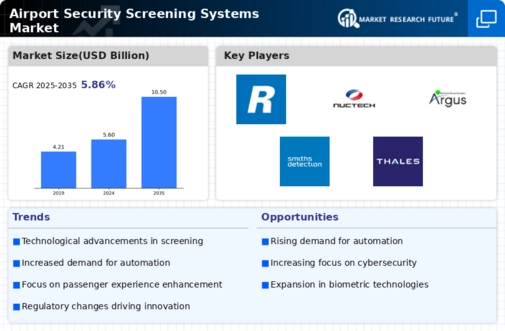
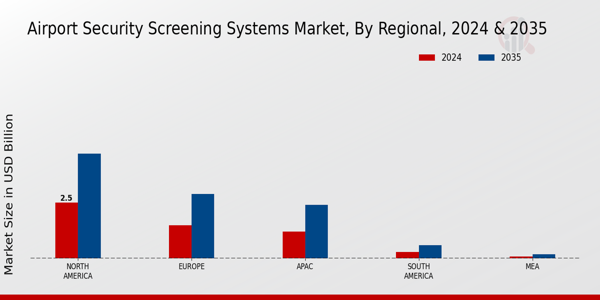
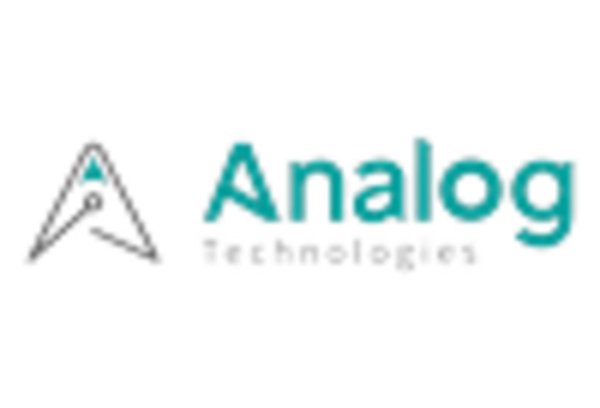
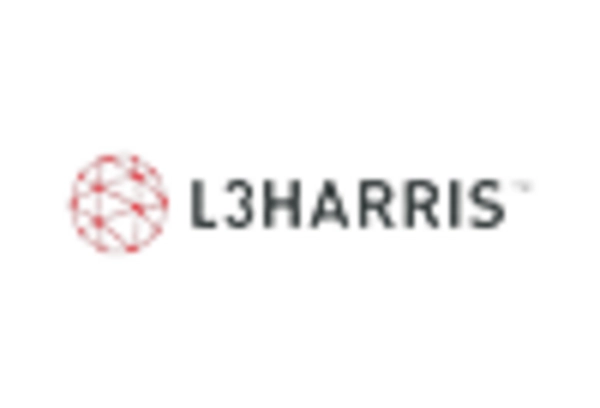

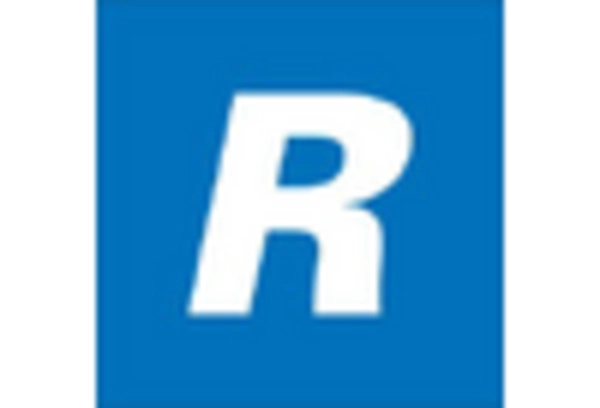
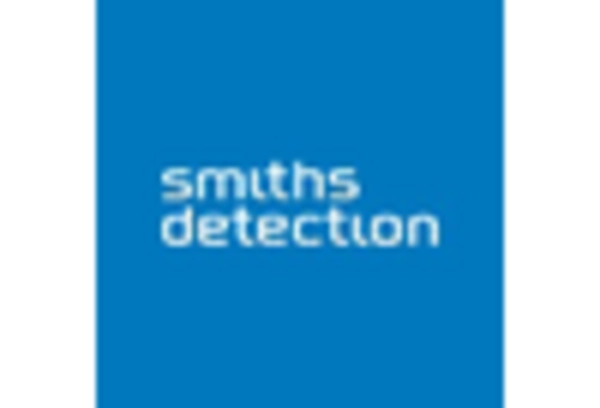









Leave a Comment